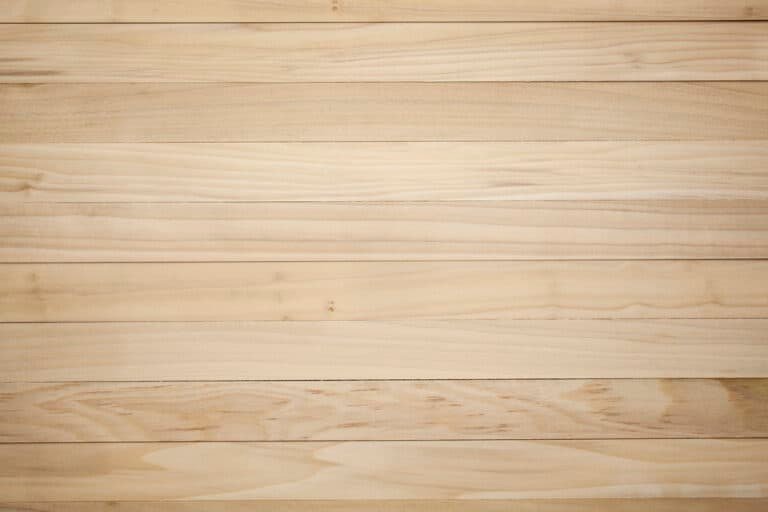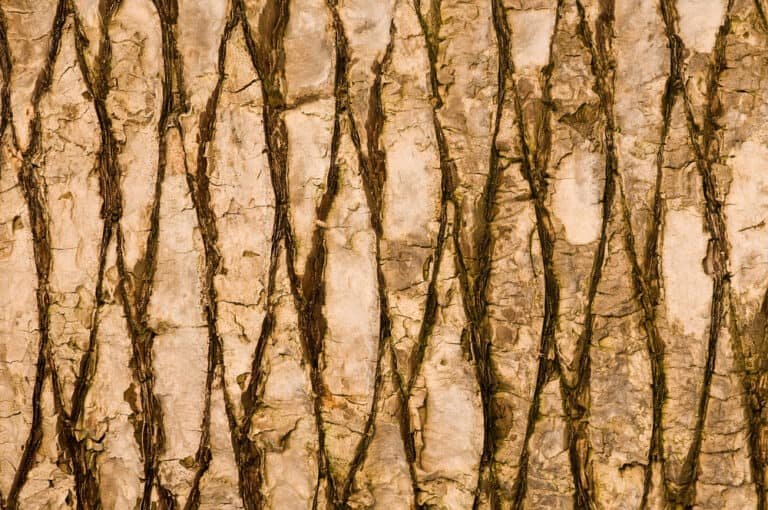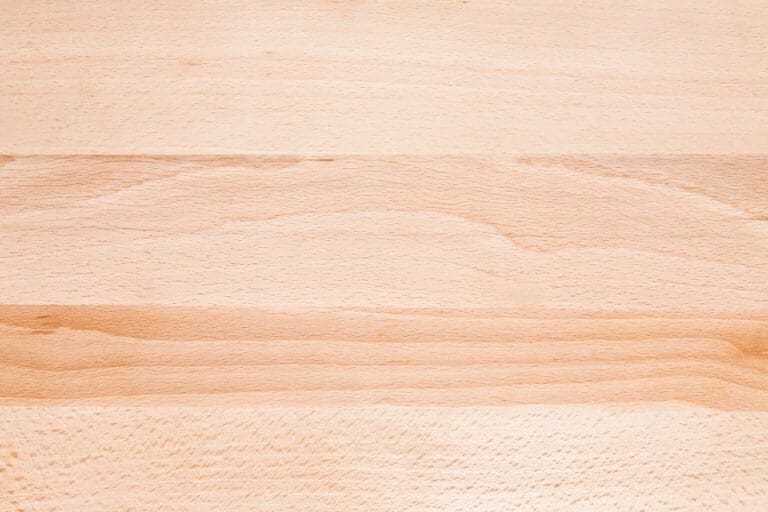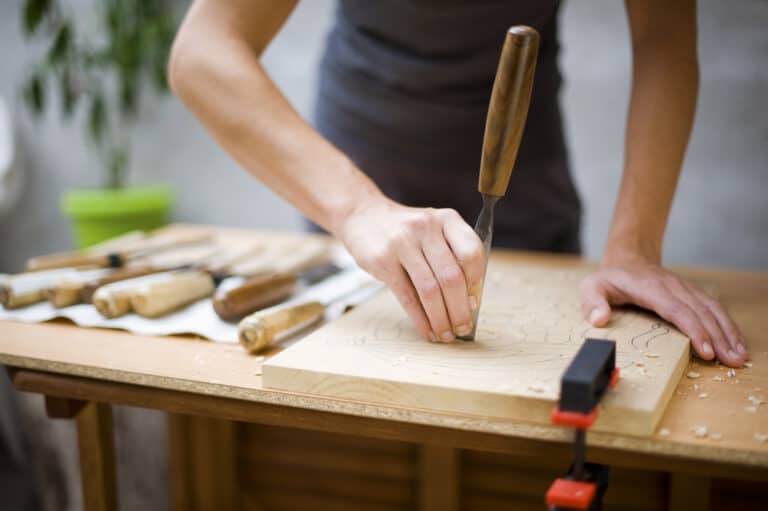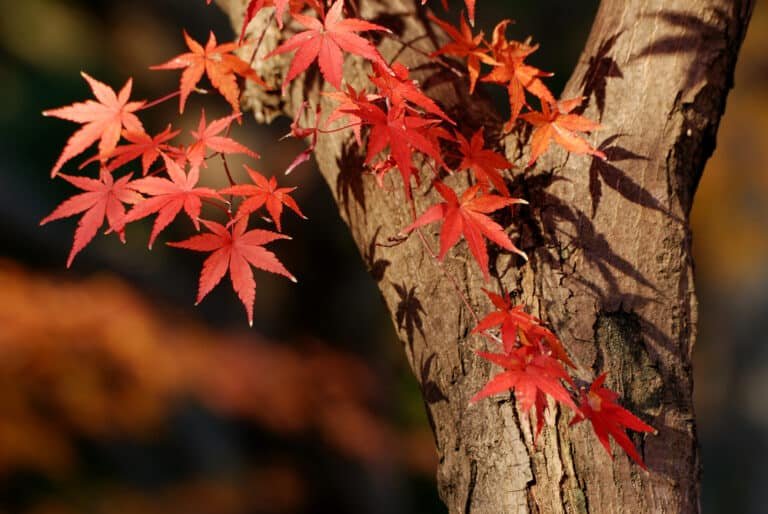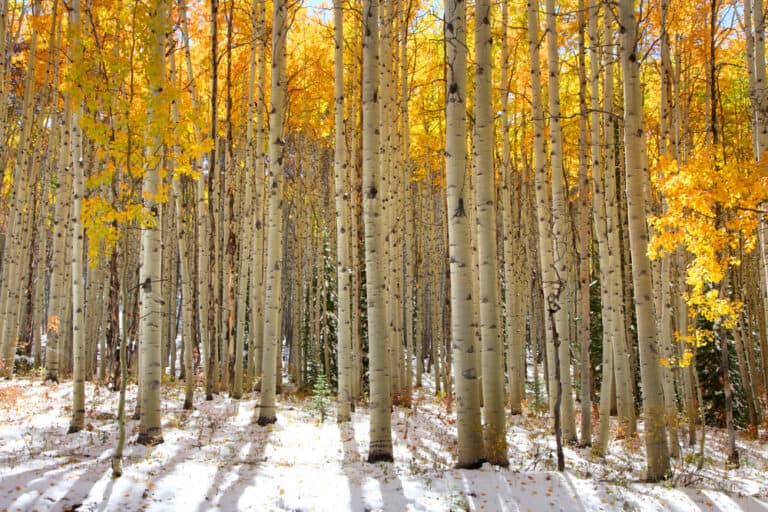No matter your skill level, spoon carving is well within your reach. However I do recommend different types of wood for beginners and those who are more advanced.
Personally, I prefer to carve spoons with Apple wood. It is beautiful and durable. However it requires some skill and expertise to work with.
If you are just starting out, use less fibrous woods like birch, alder, and basswood. They are more forgiving to carve. More experienced carvers can experiment with harder woods like cherry and Apple.
Click here for beginner spoon carving blocks. These are great for first timers.

1. Cherry
Cherry wood is not only beautiful, but it’s also a little bit harder than some other choices. This means it offers a lovely grain pattern and can handle wear and tear well. As you work with cherry wood, you’ll appreciate its two-tone appearance and ease of carving.
2. Apple
Apple wood is a lightweight option that boasts remarkable durability. It retains its grain pattern nicely, making it ideal for spoons with an antique look. Plus, you can carve apple wood with both power tools and sharp knives, giving you plenty of versatility in your carving methods.
Apple is my favorite wood to carve spoons with as it looks beautiful and will last for years to come.
3. Birch
Birch is a close-grained and easy-to-carve option, with Himalayan birch being a particular favorite among carvers. This wood type is suitable for those who are new to spoon carving or those who simply enjoy working with a more forgiving material.
4. Alder
Alder is a soft wood choice that’s highly recommended for beginners. It is extremely easy to carve. Give alder a try if you’re new to spoon carving and looking for a friendly material to start with.
5. Maple
Maple is another excellent choice for spoon carving. It’s a hardwood, which means it’s more durable and can withstand daily use. Maple also has a fine and consistent grain, making it suitable for creating beautiful and functional spoons.
6. Linden
Also known as lime or basswood, linden is a less fibrous wood option that more forgiving when carved. This makes it ideal for beginner spoon carvers, while its beautiful grain can also provide stunning results.
7. Blackthorn
Last but not least, blackthorn is a dense and strong wood option that makes beautifully durable spoons. While it can be more challenging to carve compared to the other choices, blackthorn’s unique appearance and resilience make it worth the effort in the end.
With these options in mind, you’re sure to find the perfect wood for your spoon carving projects. Happy carving!
Factors to Consider when Choosing Wood for Spoon Carving
There are several factors you should consider when choosing your wood:
Grain
The grain of the wood affects how it responds to carving tools and how the final product will look. Some woods, like apple wood, have a tight grain pattern that makes them ideal for fine carving details. Others, such as oak and ash wood, have more porous or open grain, which can pick up food stains and absorb liquids more readily.
- Tight grain: better for carving details, less likely to pick up stains
- Open grain: may be more difficult to finish, could absorb liquids and stains
Moisture Content
The moisture content of the wood plays a significant role in how it reacts to carving and how well it holds its shape over time. Generally, it’s best to work with green or freshly cut wood, it’s easier to carve since it’s more pliable due to its higher moisture content.
As the wood dries, it becomes harder and more brittle, which can make carving more challenging.
- Green wood: easier to carve, more pliable
- Dry wood: harder, more brittle, can be more challenging for carving
However, one big drawback of carving with green wood is it can split and crack as the carving dries. Some carvers prefer dry wood for its stability and predictability.
Toxicity
While working with wood, it’s essential to be aware of potential toxicity or allergens that may be present in certain species. Some woods, like walnut, can produce dust and shavings that are irritating or harmful when inhaled.
Always be aware of any potential risks associated with the wood you’re carving and take necessary precautions, such as wearing a dust mask and using proper ventilation.
- Be aware of allergies or toxic properties
- Wear a mask and use proper ventilation when necessary
Softwoods vs Hardwoods
Consider your skill level and desired outcome. Softwoods are generally more forgiving and easier to work with for beginners. Hardwoods can produce durable and beautiful spoons. I personally prefer working with hardwoods for spoons.
